The National Parks Of Malawi
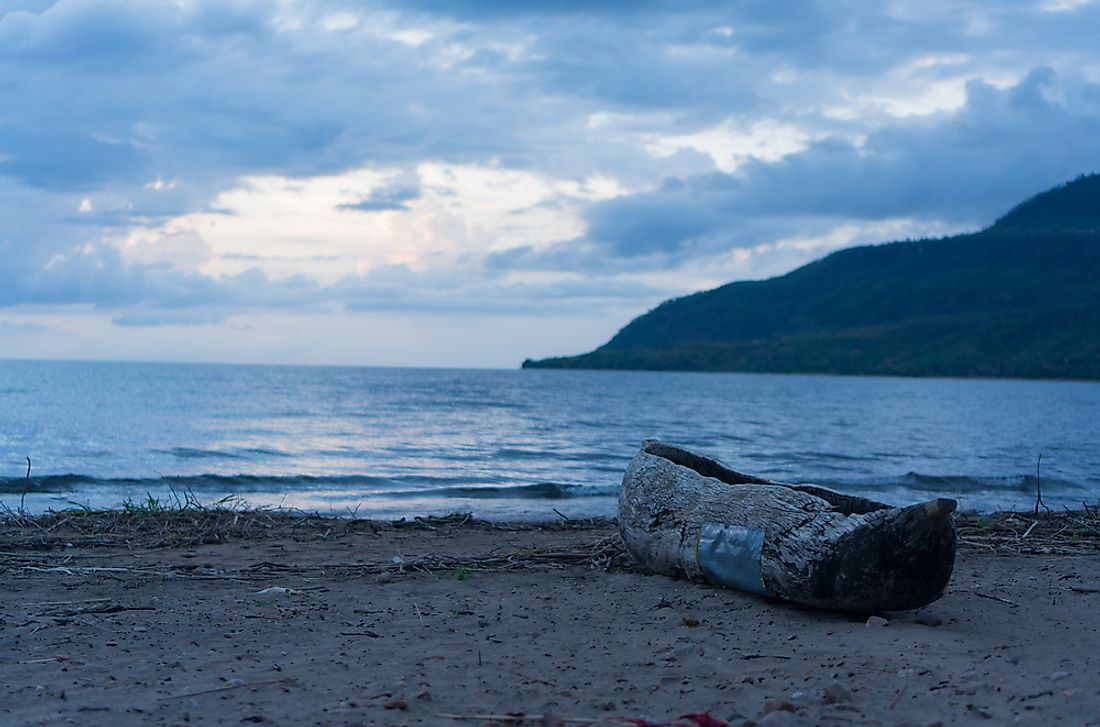
Malawi is a landlocked country in southeast Africa, home to Lake Malawi, which is incredibly rich in fish fauna. The country is also home to a number of endemic and non-endemic species of mammals, birds, reptiles, amphibians, and invertebrates. Malawi’s national parks conserve and protect the unique flora and fauna of the country.
5. Nyika National Park
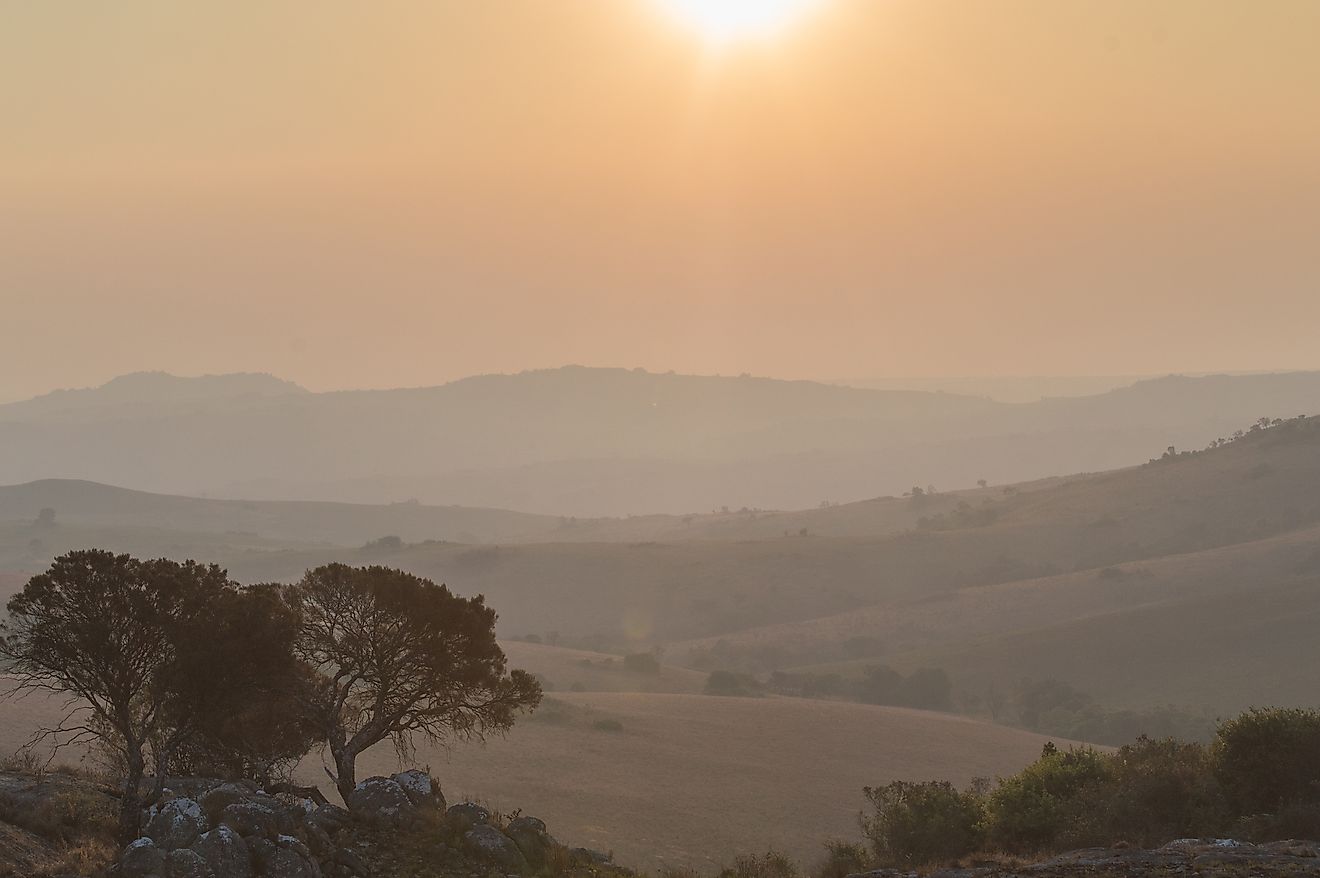
Occupying an area of 3,200 square km, the Nyika National Park is the largest national park in Malawi. Nearly the entire area of the Nyika Plateau is covered by the park. A single dirt road leads to the park. Wildflower-rich grasslands feature in the park all year round. The sky remains cloudy or foggy most of the year since the elevation of the Nyika Plateau makes it wetter than the surrounding areas. Trekking and mountain biking are enjoyed by tourists visiting the park.
The montane vegetation of the Nyika National Park attracts a many species of antelopes like elands, roan, and the common duiker. Zebra population is also significant here. Leopards thrive in the park. Elephants are also common. More than 400 avian species can be observed here including the rare wattled crane and Denham’s bustard. Impressive waterfalls enhance the scenic beauty of the national park.
4. Liwonde National Park
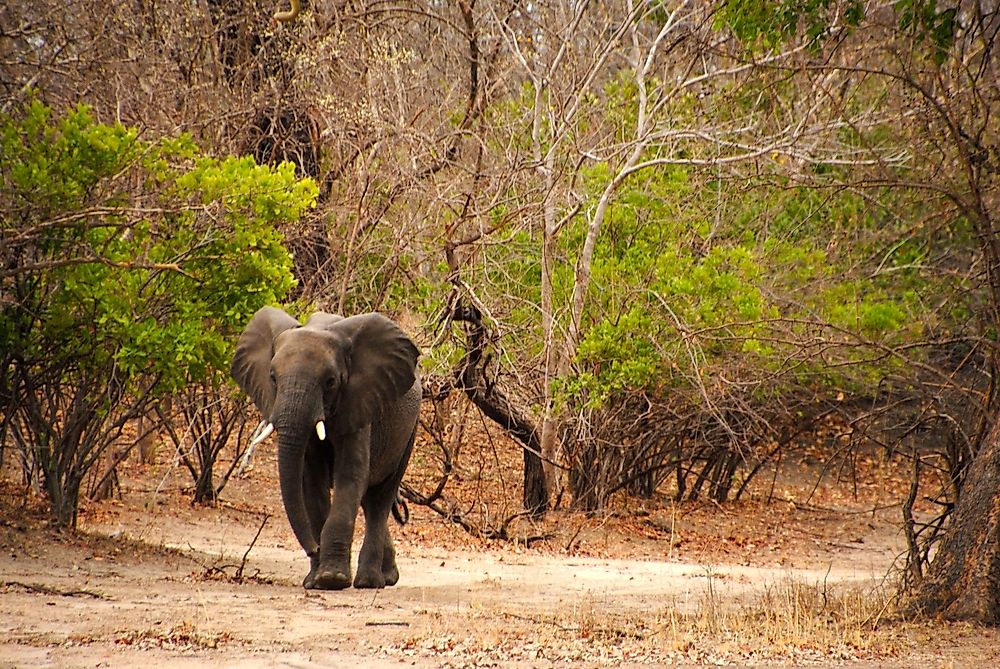
Liwonde National Park is located on the upper Shire River plain in Malawi. The national park’s southern gates can be accessed easily by walking or driving 6 km from the town center of Liwonde. The park houses a good collection of flora and fauna. Some of the notable animals living here include crocodiles, hippopotamus, elephants, yellow baboons, sable antelopes, vervet monkeys, buffaloes, impalas, kudus, and waterbucks. Over 400 species of birds live in the park. More than 1000 species of vascular plants have been reported to grow here. Mopane woodlands dominate the vegetation of the park. Other ecoregions of the Liwonde National Park includes reed swamps, marshes, floodplain grasslands, mixed woodlands, semi-deciduous riverine forest, etc.
Although tourism at the Liwonde National Park is still low-key compared to national parks in other countries, it is still a premier wildlife-watching destination in Malawi. Due to the low number of predators, the national park is one of the few in the continent where game walks are possible. Canoe and boat safaris are also arranged for visitors.
3. Lengwe National Park
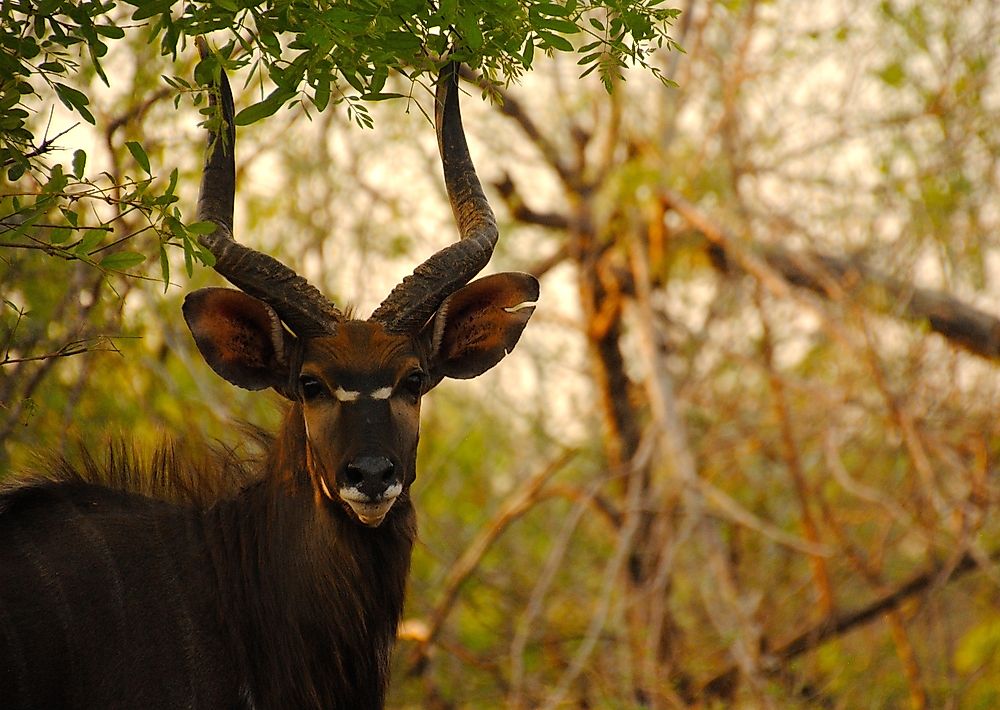
Located near the town of Chikwawa in Malawi, the Lengwe National Park features a landscape unusual for Malawi. The terrain features dense thickets and open deciduous forests. The reclusive Nyala antelope also inhabits this national park. The Lengwe National Park has a hot and dry climate and thus the park authorities have created several waterholes to attract and sustain the animals living here. Some of the animals living in this national park include reedbuck, spotted hyena, leopard, Samango monkey, Cape buffalo, impala, rollers, bee-eaters, shrikes, and more.
2. Lake Malawi National Park
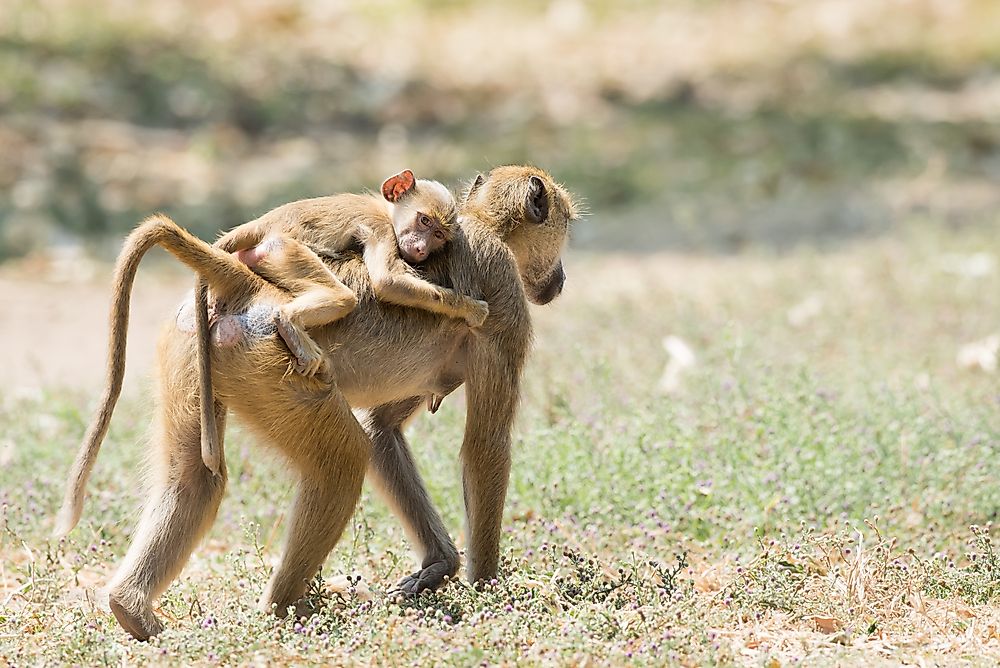
Lake Malawi National Park is located at Lake Malawi’s southern end. The national park was established with the aim of protecting the fish and aquatic habitat of the region, the only one of its kind in the country. Besides the water-bodies, a significant portion of the Lake Malawi National Park also encompasses land including several islands in Lake Malawi.
The Lake Malawi National Park has a significant population of baboons. The park is also famous for hosting the graves of several early Christian missionaries and the area was also visited and explored by the famous congregationalist pioneer medical missionary and explorer, Dr. David Livingstone. Due to the high diversity of endemic fishes in the park, it was inscribed as a UNESCO World Heritage Site in 1984.
1. Kasungu National Park
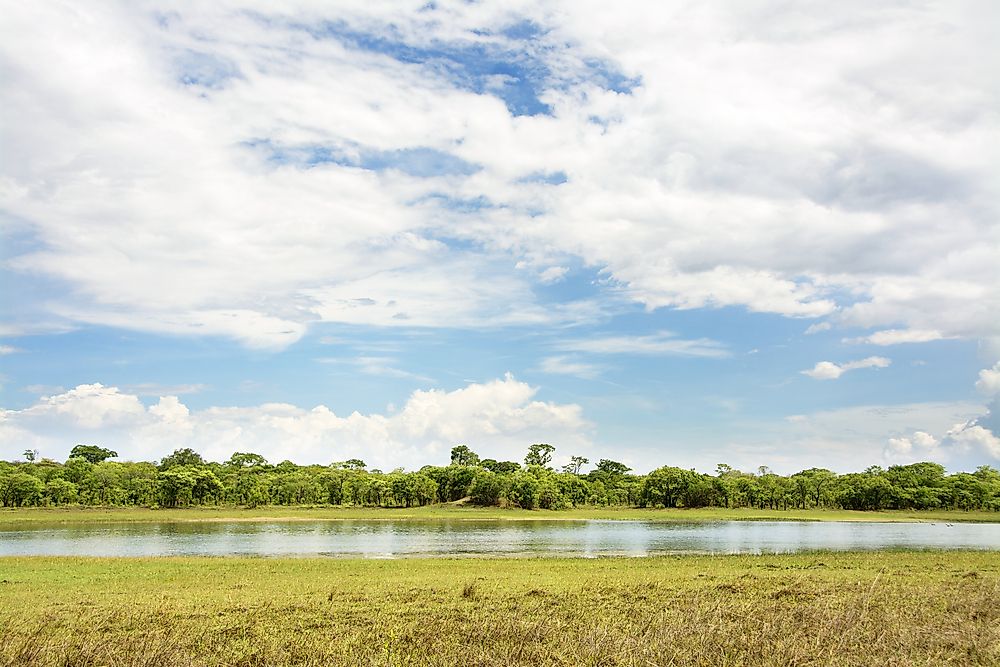
Kasungu National Park, a Malawian national park, is located to the west of Kasungu, a town in the Kasungu District of Malawi’s Central Region. The national park was established in 1970. Occupying an area of 2,316 square km, it is the second largest national park in the country. The average elevation of the park is 1,000 meters above sea-level.
The vegetation of the Kasungu National Park features mainly Miombo woodland and grassy river channels. Some of the notable rivers flowing through the park include the Lingadzi, Dwanga, Lifupa, and others. The large elephant population is a well-known feature of the park. However, high rates of poaching threaten the elephants living here. Other animals that can be observed at the Kasungu National Park include antelopes, hartebeest, plains zebra, Cape buffaloes, Cape wild dogs, and more.











